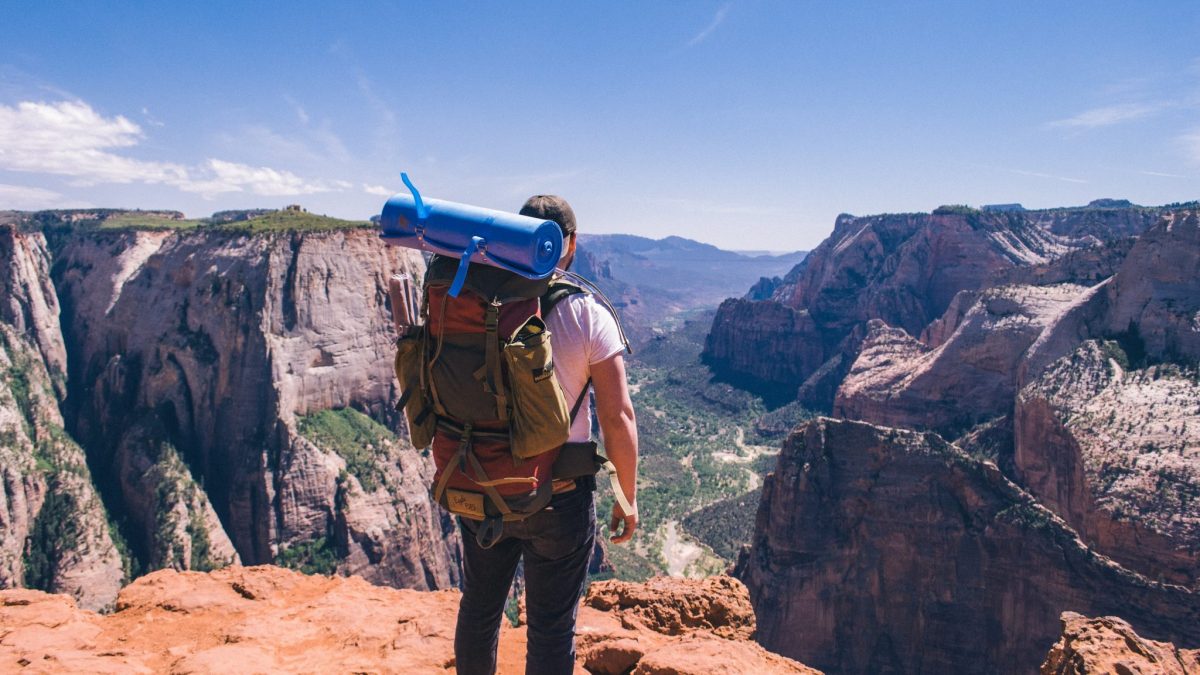U.S. National Parks Reservation Requirements May Deter Global Tourists

Skift Take
As the U.S. opens up to international travel, overseas tourists will return, but they won’t be coming to the U.S. national parks if restrictive booking windows continue to introduce uncertainty into trip planning.
That's because those 30 to 60-day booking windows for those reservations don't fit into the longer booking patterns that many global visitors lock in when planning trips. Some tour operators, too, are liable if activities don't go as planned, over uncertainty.
During the Covid lockdowns, domestic tourists escaped to the national parks to get fresh air, a trend Skift highlighted for 2022 as a megatrend. In 2021, there were 297 million recreation visits at national
